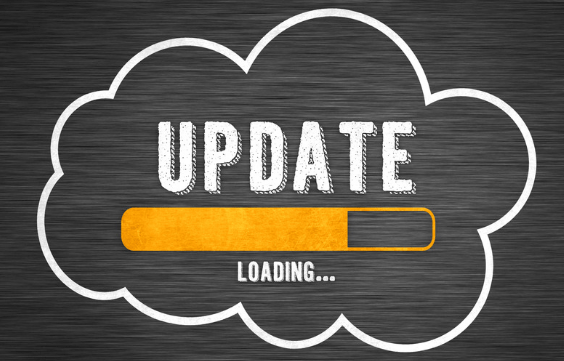Table of Contents
Introduction
Log4j logs events—faults and ordinary system processes—and sends diagnostic warnings to system administrators and users about them. One of the best examples of Log4j is when you input or click on a poor online link and get a 404 error notice. The web server that runs the domain of the web link you attempted to access informs you that no such webpage exists. It also logs the event in Log4j for the server’s system administrators.
Unfortunately, the log4j vulnerability was discovered on December 10, 2021. Despite the wide-ranging repercussions of Log4j vulnerabilities, you may take action to avoid and identify Log4j vulnerabilities on your network. According to the report, having the correct tools and procedures in place may avoid up to 97 percent of invasions.
Moreover, the hackers have a wide range of targets to pick from, including residential users, service providers, source code developers, and even security experts. Therefore, although large corporations like Amazon can swiftly patch their online business services to prevent hackers from abusing them, many other enterprises will take longer to fix their systems, and some may not even be aware that they need to.
Steps to avoid and identify Log4j vulnerabilities in your software systems
Repair and Update Your Systems
 Primarily, if your business has installed any of the impacted Apache versions, it is critical that you upgrade to the most recent version.
Primarily, if your business has installed any of the impacted Apache versions, it is critical that you upgrade to the most recent version.
Log4j 2.3.2 is recommended for Java 6 users, and Log4j 2.12.4 is recommended for Java 7 users. Users using Java 8 and later should update to 2.17.1. They also advise you to double-check that the JDBC Appender is exclusively set to use Java protocols.
Create a Safe Network Ecosystem
Next, secure your network from future attacks as well as inactive attackers who are lurking on the network waiting for the right opportunity to strike. Many major corporations employ in-house developers who create cybersecurity ecosystems for their networks.
Examine Security Incidents
 New cybersecurity standards require organisations to keep accurate logs in order to maintain security and investigate incidents. Collecting detailed information about security-related events aids in the detection of an attack and the improvement of cybersecurity policies over time.
New cybersecurity standards require organisations to keep accurate logs in order to maintain security and investigate incidents. Collecting detailed information about security-related events aids in the detection of an attack and the improvement of cybersecurity policies over time.
Many operating systems already include a native auditing mechanism that only needs to be configured and enabled. Keep security audit records in a secure location, such as a remote system or a cloud computing service, where they may be referred to for future investigations and audits while remaining hidden from prying eyes.
Consolidate Log Data

Log aggregation is the act of standardising and consolidating log data from scattered systems throughout your network onto a single central server. Rather than wasting time manually collecting hundreds of log files from separate hosts, log aggregation collects all log sources received across the network in real-time from numerous hosts and combines them into streams, typically by log source type. These streams are then sent to a SIEM or log analytics system, which consumes and analyses them in real-time.
Incorporate Continuous Vulnerability Monitoring
Continuous monitoring gives a continuous view of your network activities, alerting the IT team as soon as a weakness or possible danger is found. Most continuous monitoring and tracking software allows your employees to customise the tool by defining rules, frequency, and other characteristics.
Continuous vulnerability monitoring enables your cybersecurity team to prioritise the most critical threats before raising further red flags. As hackers get more sophisticated, it becomes easier for them to slip into your network undetected, but regular monitoring aids in the elimination of even the most subtle threats.
Conclusion
Log4j, an open-source logging system commonly used by internet apps and services, was found to be vulnerable. If systems are not fixed, attackers can infiltrate them, steal passwords and logins, extract data, and infect networks with malicious malware.
Time-to-repair estimates in software often range from weeks to months. However, if previous performance is any indication of future performance, the Log4j vulnerability is likely to resurface for years to come.
Log4j is extensively used in software development and internet use all over the world, and exploiting the flaw needs no technical skills. As a result, Log4shell might be the most significant computer vulnerability in recent memory.
As a user, you’re probably wondering what you can do about it. Unfortunately, it is difficult to determine whether a software package incorporates Log4j and whether it is utilising vulnerable versions of the programme. However, you may help by following the advice of computer security experts.

